*Credit and loans provided by Regions Bank d/b/a EnerBank USA, Member FDIC, (650 Main Street, Suite 1000, Salt Lake City, UT 84101) on approved credit, for a limited time. 19.99% fixed APR, effective as of December 1, 2022, subject to change. Minimum loan amounts apply. Interest starts accruing when funds are disbursed. Interest is waived if repaid in 365 days. Repayment terms vary from 24 to 132 months. Actual loan term may be shorter if less than the full approved amount of credit is used. First monthly loan payment due 365 days after funds are disbursed.
*Credit and loans provided by Regions Bank d/b/a EnerBank USA, Member FDIC, (650 Main Street, Suite 1000, Salt Lake City, UT 84101) on approved credit, for a limited time. 6.99% fixed APR, subject to change. Minimum loan amounts apply. Interest starts accruing when funds are disbursed. Repayment term is 120 months. Actual loan term may be shorter if less than the full approved amount of credit is used. First monthly loan payment due 30 days after funds are disbursed.
*Credit and loans provided by Regions Bank d/b/a EnerBank USA, Member FDIC, (650 Main Street, Suite 1000, Salt Lake City, UT 84101) on approved credit, for a limited time. 6.99% fixed APR, subject to change. Minimum loan amounts apply. Interest starts accruing when funds are disbursed. Repayment term is 60 months. Actual loan term may be shorter if less than the full approved amount of credit is used. First monthly loan payment due 30 days after funds are disbursed.
What Kinds of Maintenance Do Screen Room Enclosures Need?
Screen room enclosures are becoming increasingly popular and for a good reason. This home feature is convenient for deterring insects, protecting against ultraviolet waves, giving privacy, increasing security, and extending livable space for homeowners. With all of this considered, it's essential to understand the maintenance steps required to keep the home feature looking pristine and usable. This article will take a look at a few maintenance tasks screen room enclosures need to ensure they're optimally functioning.
Make Minor Wood and Screen Repairs
With the wood and screen of a room enclosure being the main components, it's no surprise that these are the elements to assess most often. More often than not, the wood of a screen enclosure will become splintered or worn because of normal wear and tear. Moreover, these damages can also be unsafe and result in injuries for loved ones spending time within the enclosure.
One thing that might fix these issues and prevent them in the future is a re-sealing treatment. The sealing solution will act as a sort of protection for the wood from dirt, moisture, and other outdoor elements while bringing out the natural colors of the material. Work with local exterior project contractors to learn more about how often your screen from may need resealing treatments.
In addition to wood repair, screen repairs might be necessary if they have rips and holes. These damages commonly occur due to furniture rubbing or from old age. While these holes can be an eye sore, the screen damage can also let in insects and completely ruin the oasis the enclosure is supposed to create. Professionals can repair these screen damages with a quick patching project or restapling. All in all, get these repairs done quickly to prevent more mishaps that can be extremely costly and stressful.
Wash the Enclosure
There are several steps to washing the enclosure properly to maintain its good condition. First, it's important to sweep the floors periodically to ensure no dirt or debris causes extensive issues. According to MarthaStewart.com, the average homeowner should sweep their screened room should be done at least once a week to help prevent the buildup of dirt and dust. While an average house broom is okay, an outdoor push broom might be best for heavy-duty sweeping duties.
In addition to this simple floor cleaning task, it may be necessary to fully wash the enclosure. Consult with your local exterior project contractors to learn more about how often this may need to be done. Firstly, soak the screens with water and mild detergent soap. This process will catch all dirt and debris that's on the screen's surface. Be sure to work with a company whose screens are resistant to mold and mildew growth to ensure these issues won't arise during the process.
Once the screens are wet, brushing is next. Brushing the soaked screens with a soft-bristled broom ensures all remaining trapped particles are off the screen. Lastly, dry them with a soft cloth. Since this screen-washing process can take a considerable amount of time and involves some tools that average homeowners don't own, it's best to contact professionals who can arrive and complete these tasks quickly and thoroughly. Consult with your local exterior contractors to learn which services may be available to assist you with this process.
Restain the Wood
It's common for screen room enclosures to have incorporations of wood on the flooring and walls. While these wood accents are undoubtedly beautiful after the initial construction, the color will fade as the years go by. This wood fading is primarily due to weather elements such as heavy rain and humidity, frequent freeze-thaw cycles, and ultraviolet sun exposure. Like a re-sealing treatment, restaining will bring the wood's color back to its former glory and improve the aesthetics of the enclosure.
While this maintenance task won't increase the protection of the wood, it'll improve its appearance in noticeable ways. Before beginning the restaining project, it's essential to discover the various stain options available. Working with your local screen room enclosures contractor can help you learn more about the different options and which one may be right for your home. Find one that's highly experienced in your area to guarantee they will be able to produce high-quality staining work.
Rescreen the Enclosure
While screens used for room enclosures can last for years, you'll likely need to rescreen the home feature at some point. Unlike a quick patching project, a rescreening project is much more extensive. According to HomeGuide, a screened enclosure may need to be rescreened if it's over 10 years old or if there's significant damage to it. Request an estimate from your local exterior contractors to learn if screen replacement is necessary for your enclosed room.
Depending on how your local screen experts built the enclosure, there are two ways to do this maintenance task. First, you may have a screen enclosure with removable screen panels. If this is the case, rescreening will feel like a piece and cake and go quickly. Other homeowners have screens installed with staples and this type of build might take a bit more time and skill to complete. Contact your local exterior contractors to learn more about when your screens need to be replaced and to schedule an estimate so you can understand the cost of the screening process prior to signing a contract.
Tend to the Screen Door
After a couple of years of using your screen room enclosure, you might notice that the door isn't up to par and has diminished from its original state. Instances like this are common, and it's safe to say that fixing this issue may be easier than you'd think. If the screen door is dragging on the ground while you try to open or close it, you can have professionals adjust it and return it to its original state.
There are several ways that they can perform this adjustment. First, professionals can tweak the door hinges by tightening or replacing the screws. Another issue that the screen door might have is incessant squeaking. Ask your contractor to apply a lubricant to the door hinges to get your screen room enclosure back to perfect condition. While they're working, be sure to make them aware of any other issues so they can be addressed.
Restore the Caulk
Caulk, a sealing material used in construction, is a crucial component of a screen room enclosure. This element ensures that bugs have no gaps to enter between screens or wood intersections. Plus, the caulk is great for keeping water from entering the enclosure during rainstorms. With time, caulk is susceptible to wearing off and losing the ability to do these essential duties.
By having professionals periodically inspect and restore the caulk where it's needed, you'll guarantee protection from all outdoor elements. Additionally, restoring the caulk when needed may even increase the lifespan of the enclosure and protect it from mold growth and wood rot. With this stated, it's best to schedule professional inspections at least once a year.
It's essential to hire professionals to take the steps necessary to properly maintain screen room enclosures. Contact Eicher's Pro Vinyl today to schedule your maintenance tasks and guarantee you're doing everything possible to keep your screen room enclosure looking great. Our team is more than equipped to handle any and all issues your screened room may be experiencing.

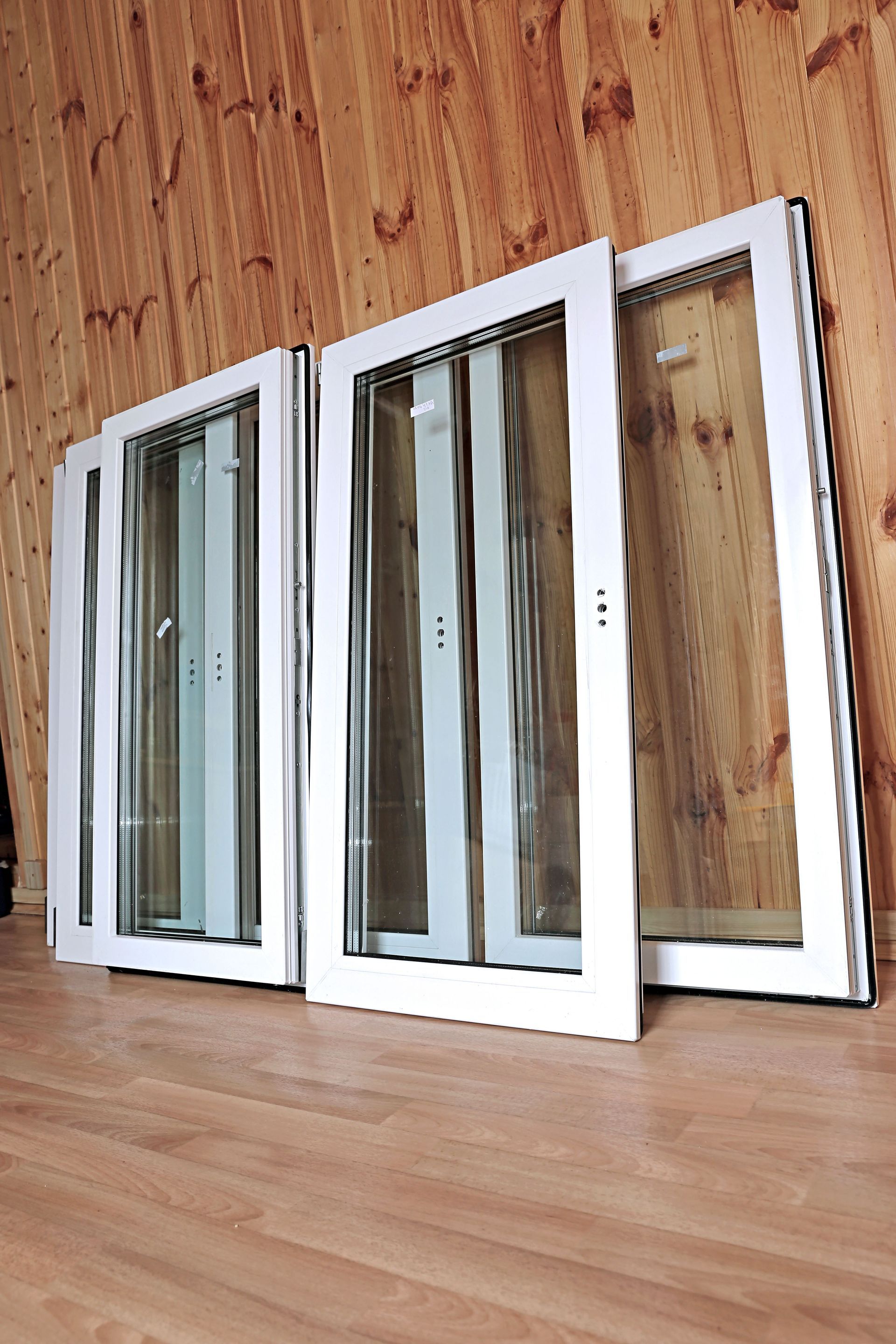

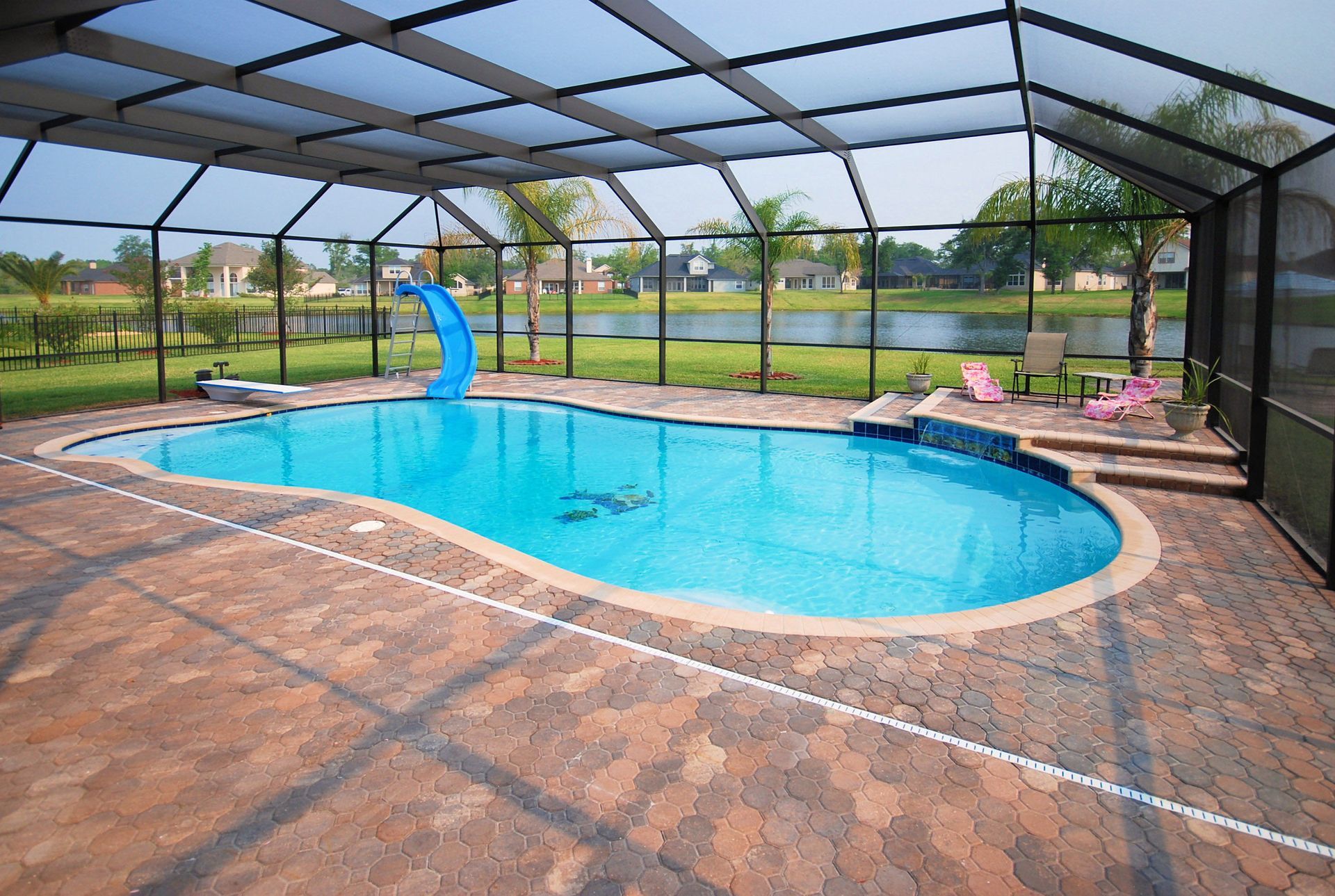

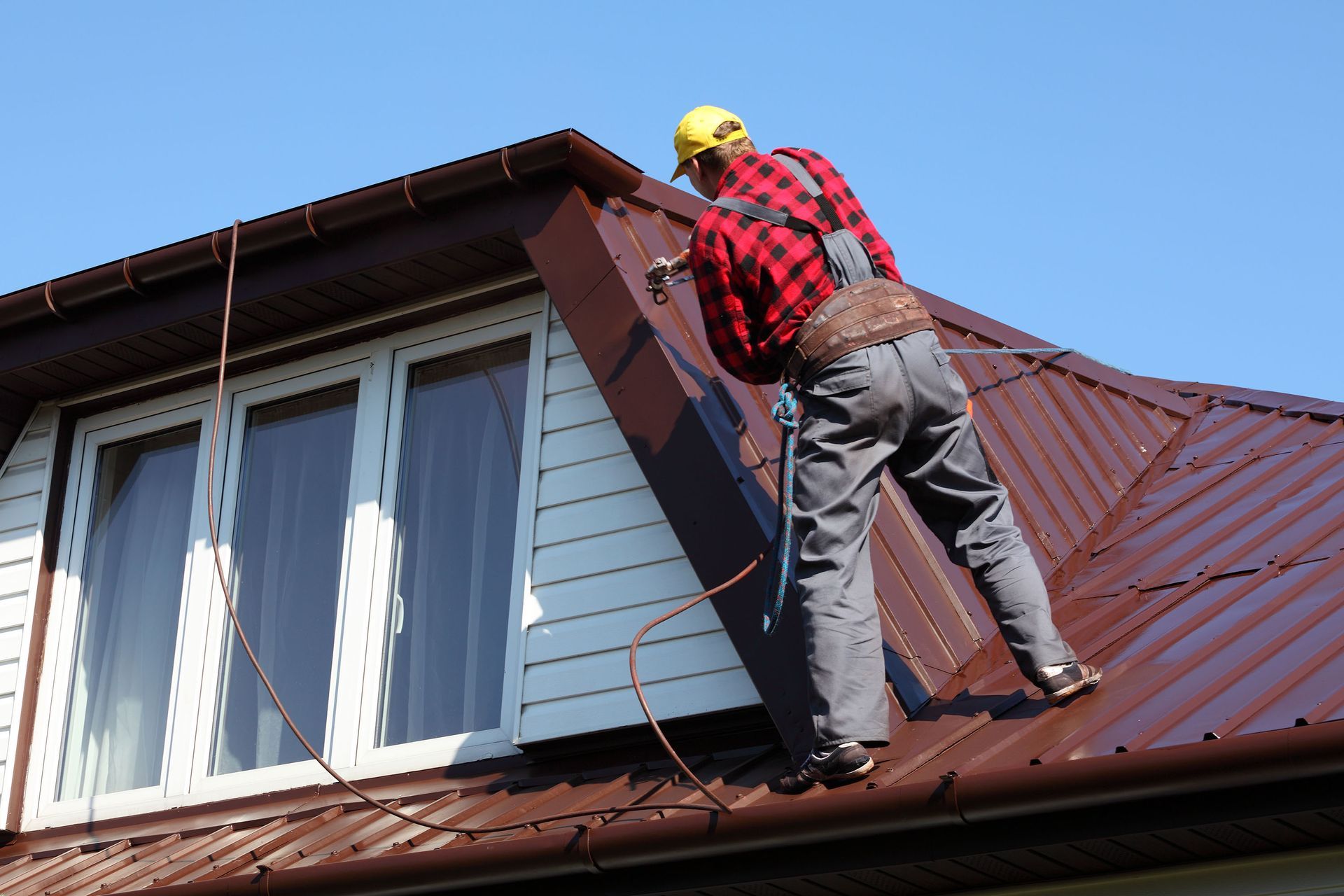
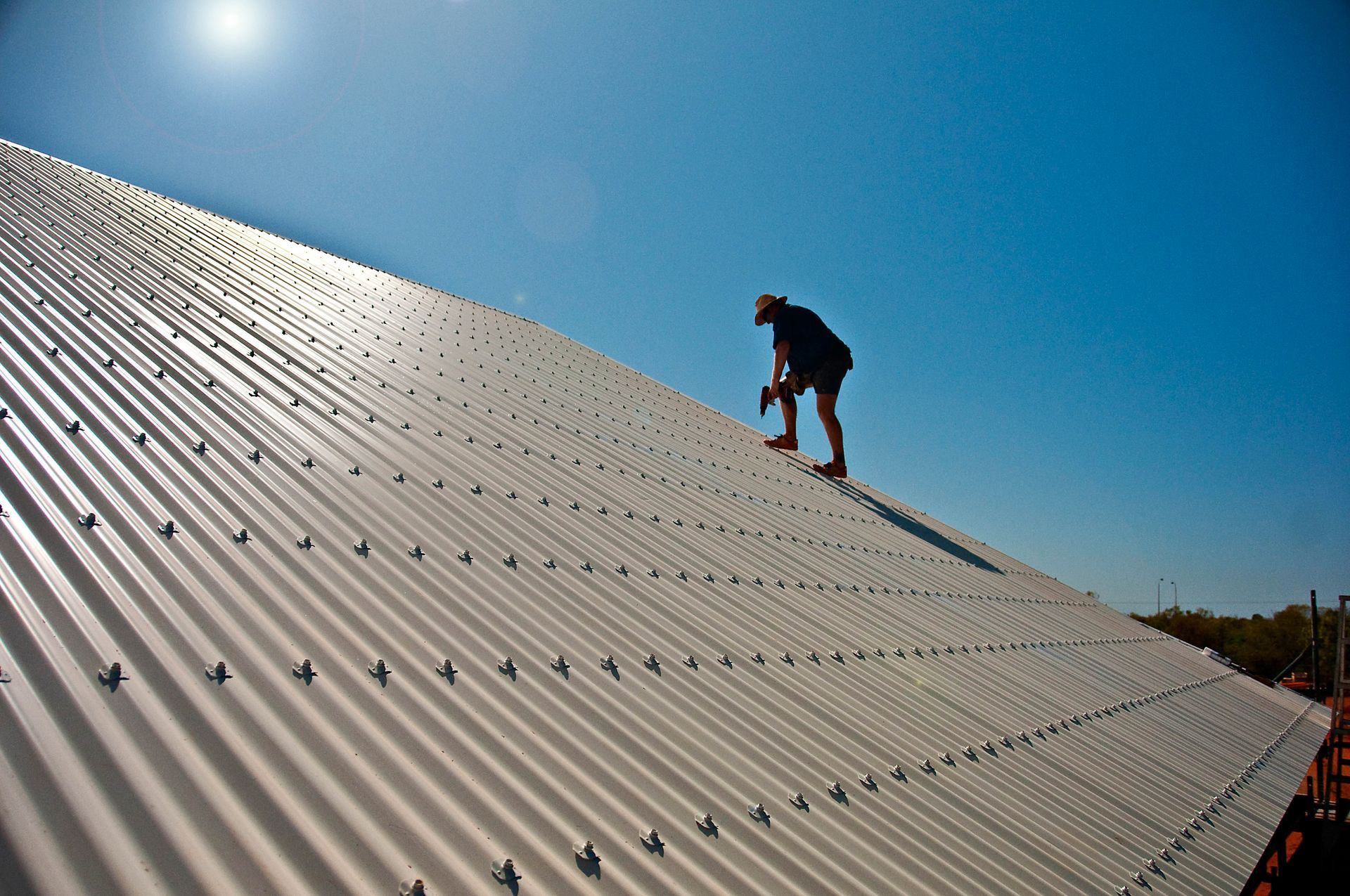
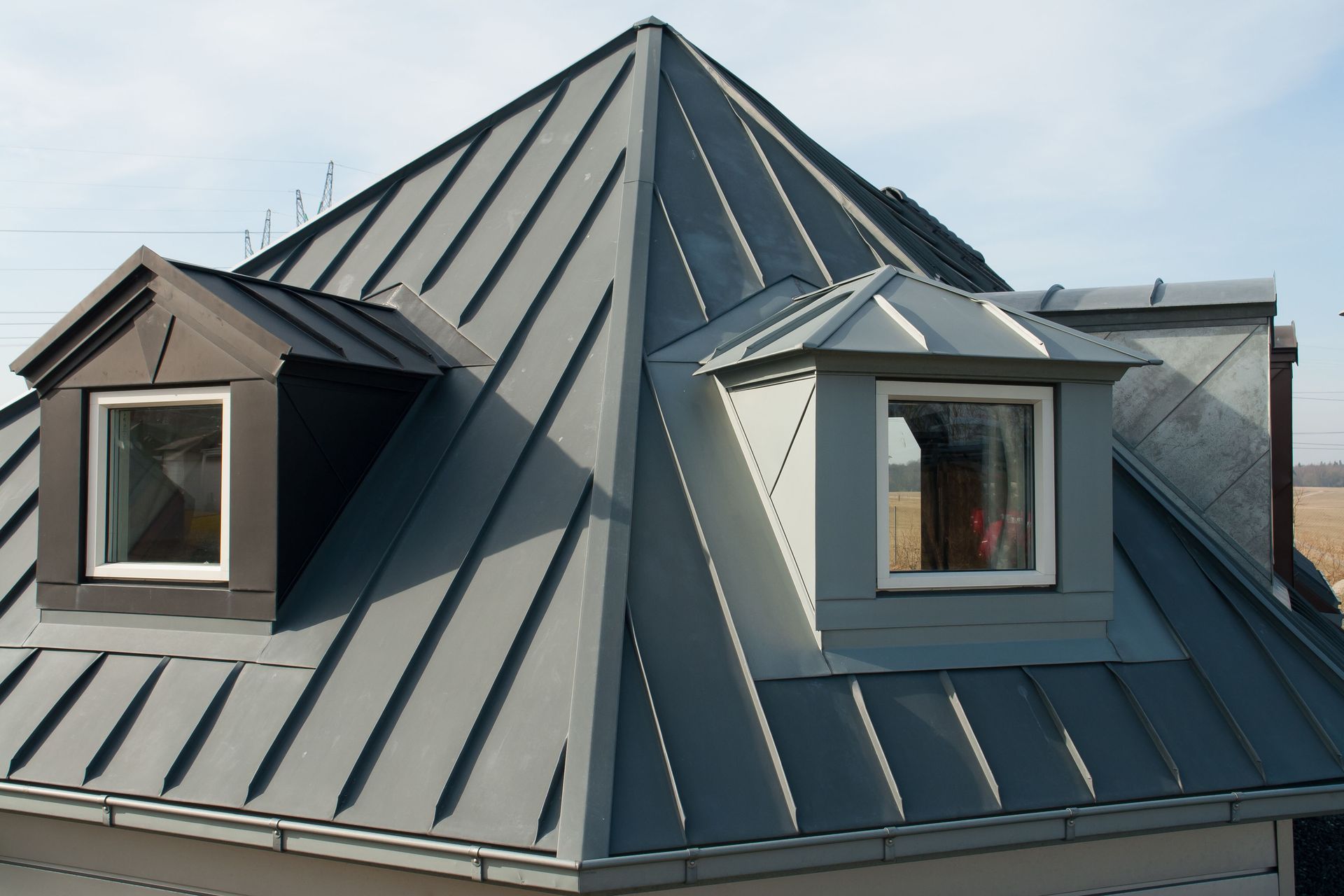
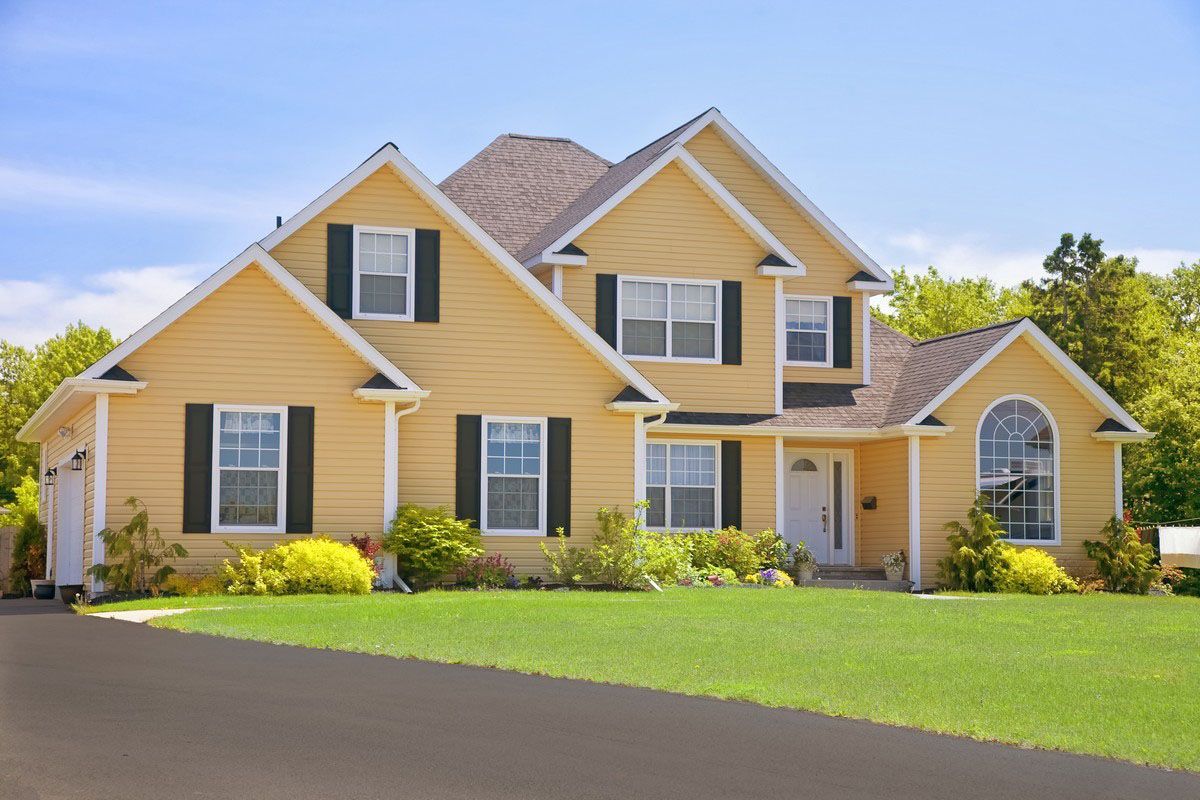
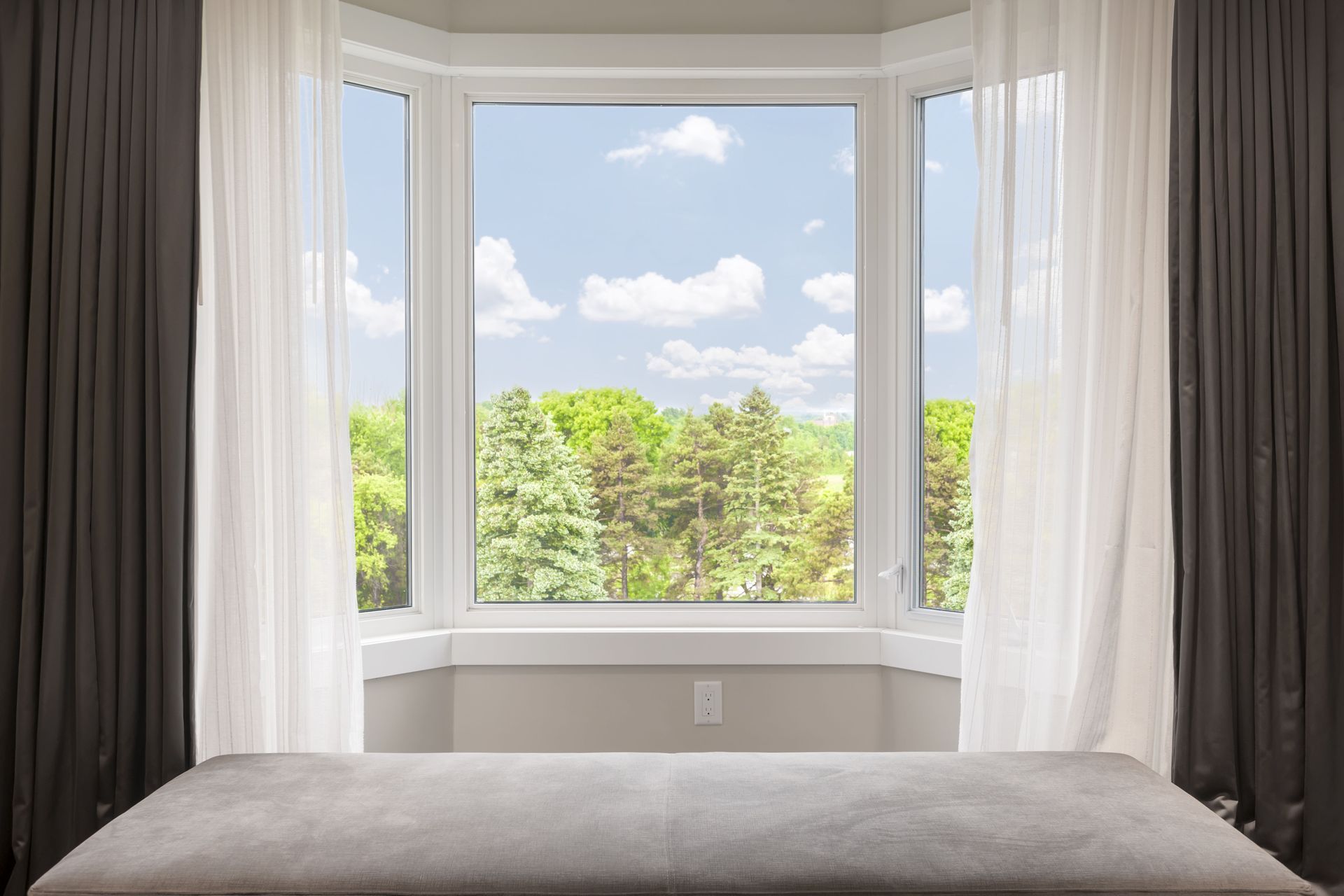
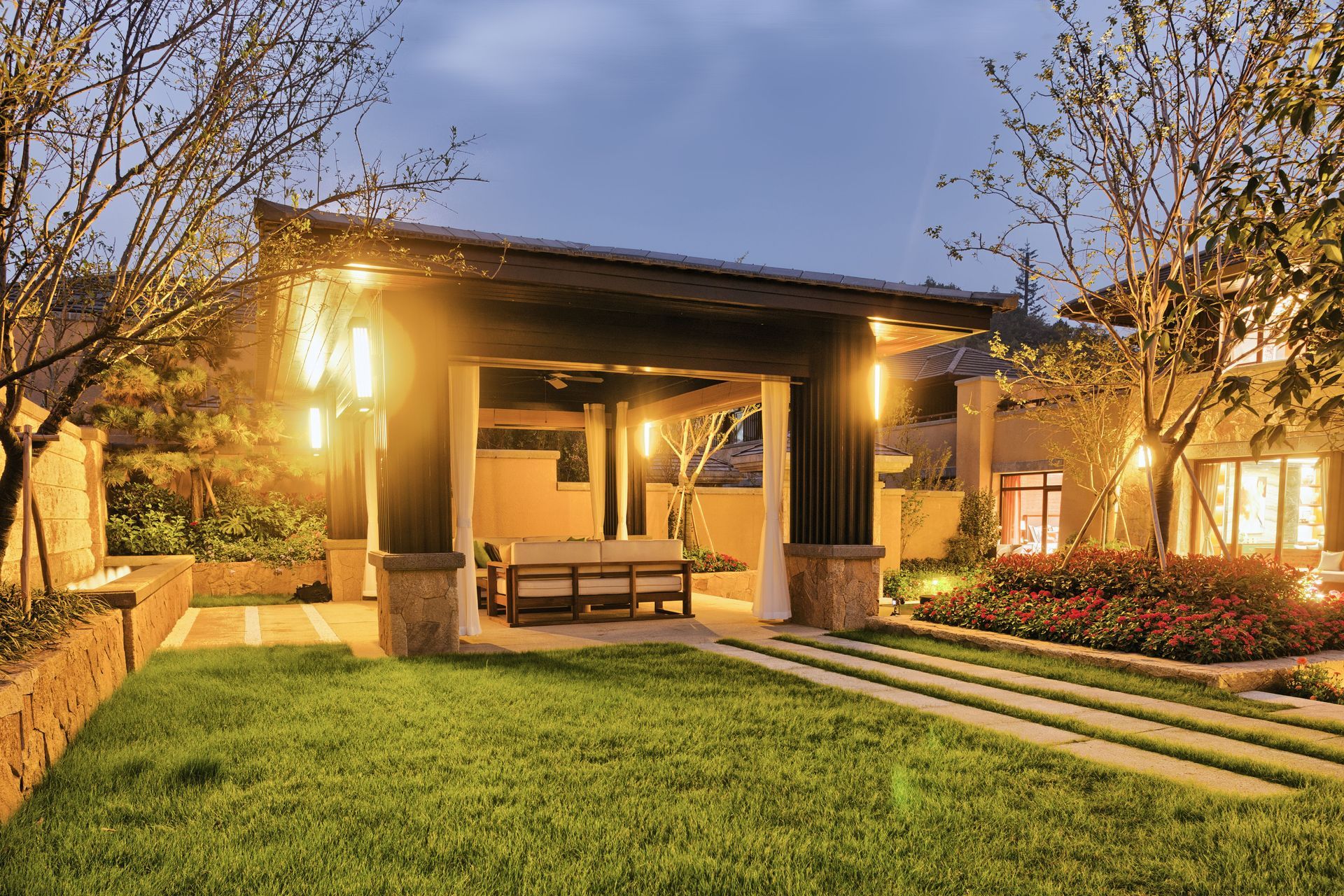
Share On: